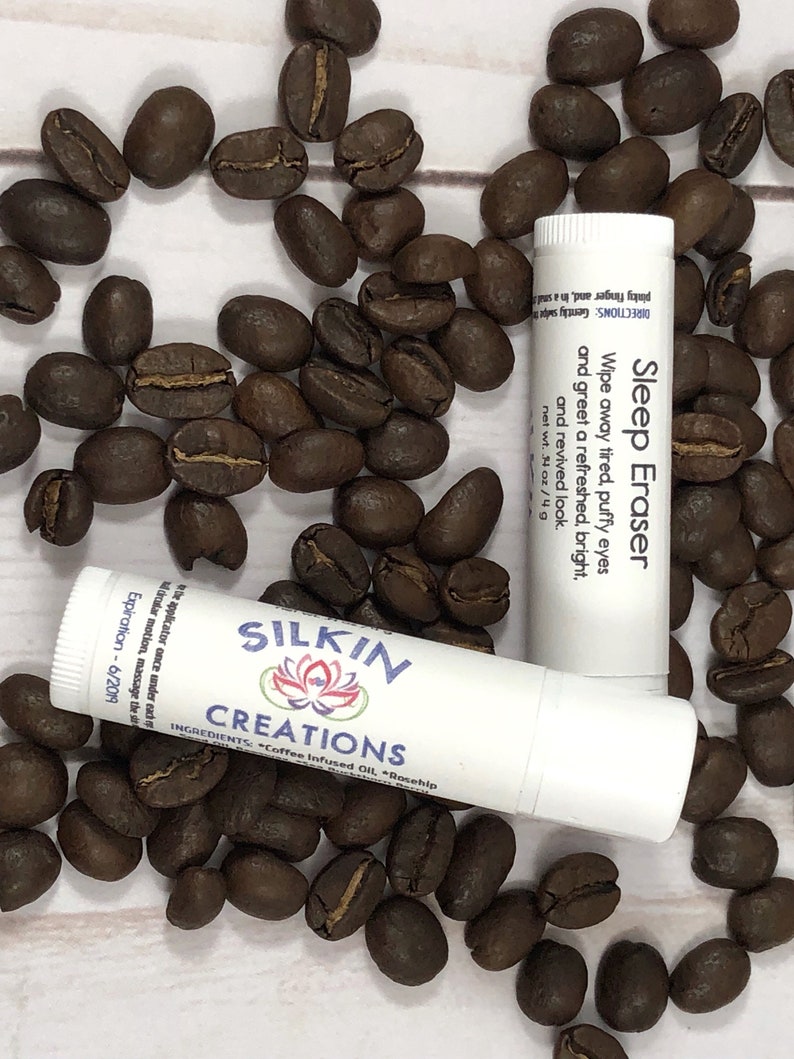

Hartman, MD, a board certified dermatologist in Birmingham, Alabama. Under eye hyperpigmentation is more common in darker, melanin-rich skin tones, says Corey L. Who Is Most Prone to Under Eye Hyperpigmentation? This is particularly common in individuals prone to chronic eye rubbing, skin allergies, and/or eczema around the eyes, says Joshua Zeichner, MD, a board certified dermatologist in NYC. As it resolves, it heals with some discoloration. PIH can occur any time the skin experiences inflammation or irritation. “What can also occur is some people can experience something known as post-inflammatory hyperpigmentation (PIH),” Dr. We’re fans of the SkinCeuticals Physical Eye UV Defense SPF 50.īut UV rays aren’t the only culprit. While you can simply take your go-to face formula ( here are some dermatologist favorites) up the lower lid, there are eye-specific formulas that are less likely to cause irritation. We’ll use this as yet another chance to remind you that you should be using a minimum of SPF 30 every single day. The simplest way to prevent it? Double down on your sunscreen routine. Because the eye area is so “ thin and delicate,” excess pigment “can give the overall appearance of darkness under the eyes,” she adds.

One common cause of under eye hyperpigmentation is “sun damage over time,” Dr. Determining what's causing your dark circles will help ensure the best course of treatment - because treating hyperpigmentation isn't one-size-fits-all. pigmented dark circles) under the eye, ranging from uncontrollable factors like genetics or allergies to controllable ones like sun exposure and excessive eye rubbing. Many factors can cause hyperpigmentation (a.k.a. What Causes Hyperpigmentation Under the Eyes? Ahead, we break down the difference between traditional dark circles and under eye pigmentation, what causes the latter, and how you can treat it with the insight of three leading dermatologists. If you are underwhelmed by your current under eye treatments, it might be because you are trying to correct the wrong concern. Medically referred to as periorbital hyperpigmentation (POH), these darkened skin patches result from an increase in melanin production due to anything from sun exposure to genetics. Under eye hyperpigmentation refers to discoloration of the under eye area, particularly excess pigment that's darker (usually dark brown or tan) than the surrounding skin, says Marisa Garshick, MD, a New York City-based board certified dermatologist. But, if all of that work is to no avail, you could be dealing with under eye hyperpigmentation, which may require robust means of treatment - likely at the hands of a board certified dermatologist or plastic surgeon. To prevent them, there's a strong chance you slather on eye cream and go through under eye patches like it's your job.

Surely you're familiar with dark circles, infamous for cropping up after a restless night.


 0 kommentar(er)
0 kommentar(er)
